1. They Temporarily Grow Taller
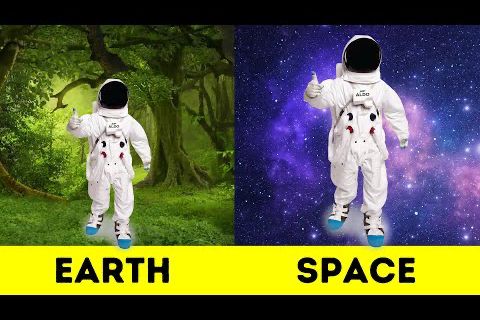
In space, astronauts’ spines stretch out by up to three percent, a change that can make a six-foot-tall person almost two inches taller. On Earth, gravity constantly compresses the vertebral column, but in microgravity, the soft, fluid-filled discs between the vertebrae expand. This effect isn’t always comfortable; the spinal elongation is a known cause of significant back pain for many astronauts, particularly during their initial days in orbit. The height gain is fleeting, however, as the spine re-compresses shortly after returning to a gravity-filled world.
2. Faces Get Puffy and Legs Slim Down
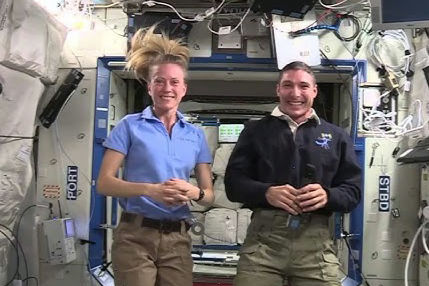
The lack of gravity causes a rapid and noticeable fluid shift in the human body, an experience astronauts often describe as feeling like they have a head cold. On Earth, gravity pools most of the body’s fluids in the lower extremities, but in orbit, they redistribute equally, moving toward the chest and head. This results in a distinctive look known as “puffy face and bird legs,” where the face appears swollen and flushed, and the legs look notably thinner due to the reduced fluid volume in the lower body. Fortunately, the body adapts to this new distribution after a few weeks.
3. Crying is Impossible, Tears Just Cling
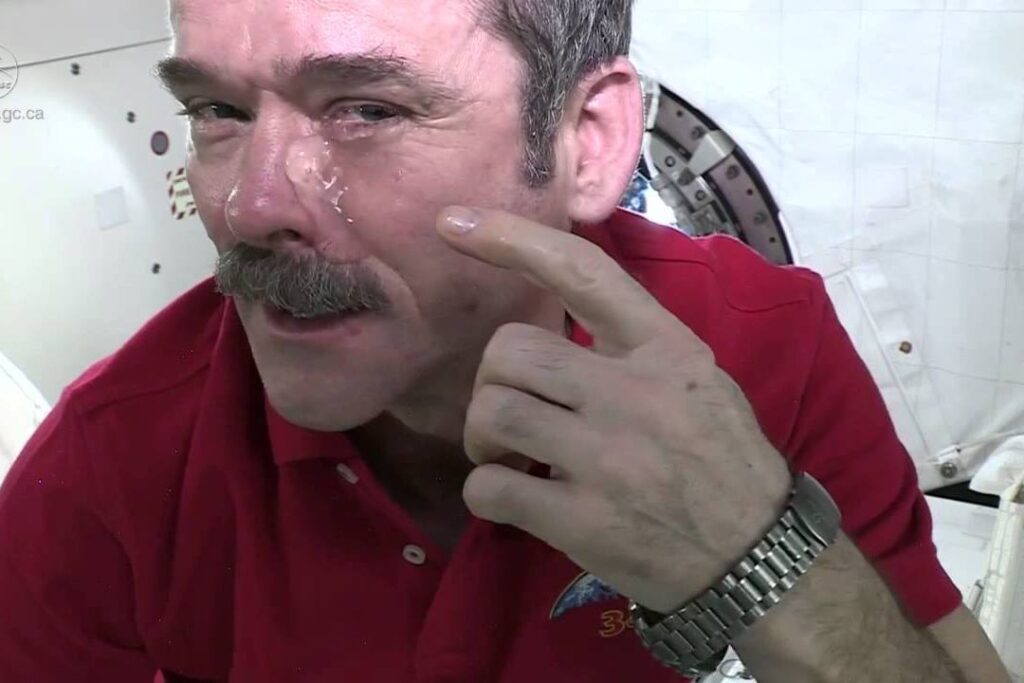
If an astronaut in orbit were to shed a tear, it wouldn’t stream down their cheek as it does on Earth. Without gravity to pull them down, the tears simply cling to the eye and face, forming a small, gelatinous ball of liquid. This bubble can grow larger and larger as more tears are produced, creating a rather awkward and potentially vision-obscuring film over the eye until the astronaut physically wipes it away. It’s an unusual demonstration of surface tension in a zero-gravity environment.
4. The Sense of Smell and Taste Diminishes

Many astronauts report that their food tastes bland and unremarkable while aboard the International Space Station (ISS), necessitating the use of extra-spicy sauces or intensely flavored foods. This dulled sense is largely attributed to the fluid shift causing nasal congestion, similar to a constant head cold, which severely impairs the sense of smell. Since flavor is a combination of both taste and smell, the muted sense of smell directly impacts the ability to fully appreciate the taste of the onboard cuisine.
5. They Can Snore Silently
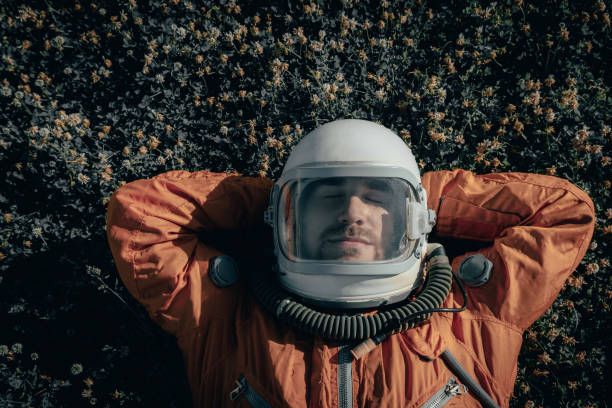
For astronauts who are known to snore on Earth, they can rejoice (and their crewmates can be thankful) that they often stop doing so in space. Snoring is typically caused by gravity pulling on tissues in the throat, which then vibrate during breathing. In microgravity, this downward pull is absent, preventing the throat tissues from collapsing and causing the characteristic vibration. However, while they may not snore, astronauts’ sleep remains a challenge due to circadian rhythm disruption.
6. Foot Skin Becomes Soft Like a Baby’s
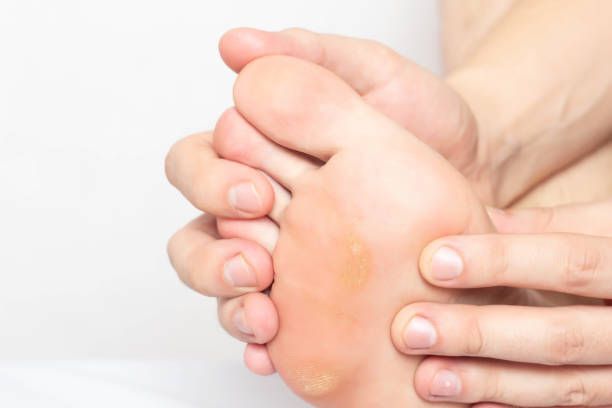
Astronauts develop incredibly soft skin on the soles of their feet, an unusual effect of no longer walking or bearing weight against gravity. On Earth, the constant friction and pressure of walking create hard calluses to protect the feet. In microgravity, crew members primarily use their hands, or the tops of their feet on foot rails, to anchor themselves, leaving the soles unused. Consequently, any existing calluses eventually peel off, leaving the bottom of the foot tender and smooth, like that of a newborn.
7. Loose Fingernails and Calluses Float Away
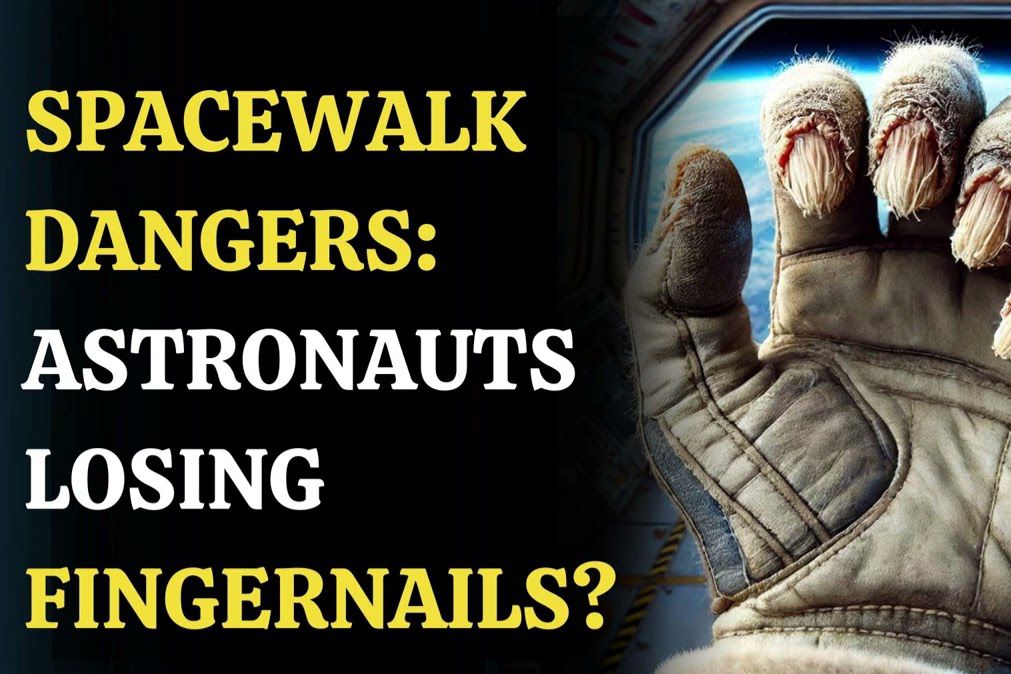
Not only do calluses soften and detach, but small particles of dead skin, hair, and even clipped fingernails can escape during personal hygiene routines. Since nothing falls to the floor, these particles simply float around the cabin, creating a need for careful attention to cleanup. Astronauts must use special vacuums attached to hair clippers and keep an eye on anything small and loose, otherwise, it can clog air filters or drift into sensitive equipment. It’s a compelling argument for mandatory manicures before every launch.
8. They See Flashes of Light in Their Eyes

A phenomenon reported since the early days of spaceflight is the appearance of bright, brief streaks or flashes of light, even when an astronaut’s eyes are closed. This effect is caused by cosmic rays, high-energy atomic particles zipping through space, passing directly through the eye and hitting the retina or optic nerve. While generally harmless, it highlights the constant bombardment of radiation that astronauts are exposed to, despite the shielding of their spacecraft.
9. Bone Density Decreases Rapidly
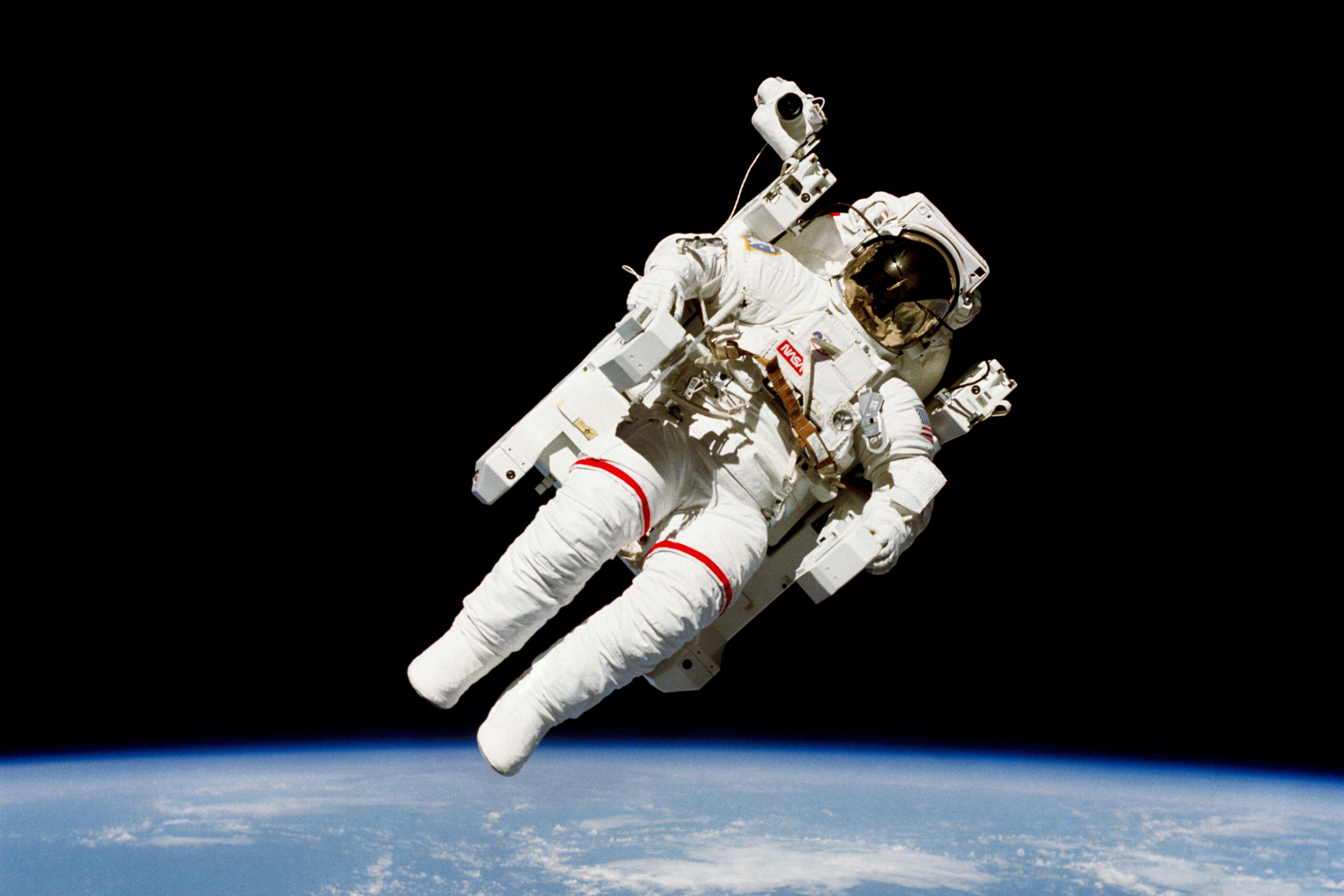
Without the constant force of gravity to load and stress the skeleton, the body begins to shed bone mass at an accelerated rate, similar to severe osteoporosis. Astronauts can lose over 1% of their bone density per month, especially in the hips and lower spine. To counteract this dangerous loss, they must adhere to a strict and rigorous exercise regime, typically involving two hours of resistance and aerobic exercise daily on specialized, gravity-simulating equipment.
10. The Heart Becomes More Spherical
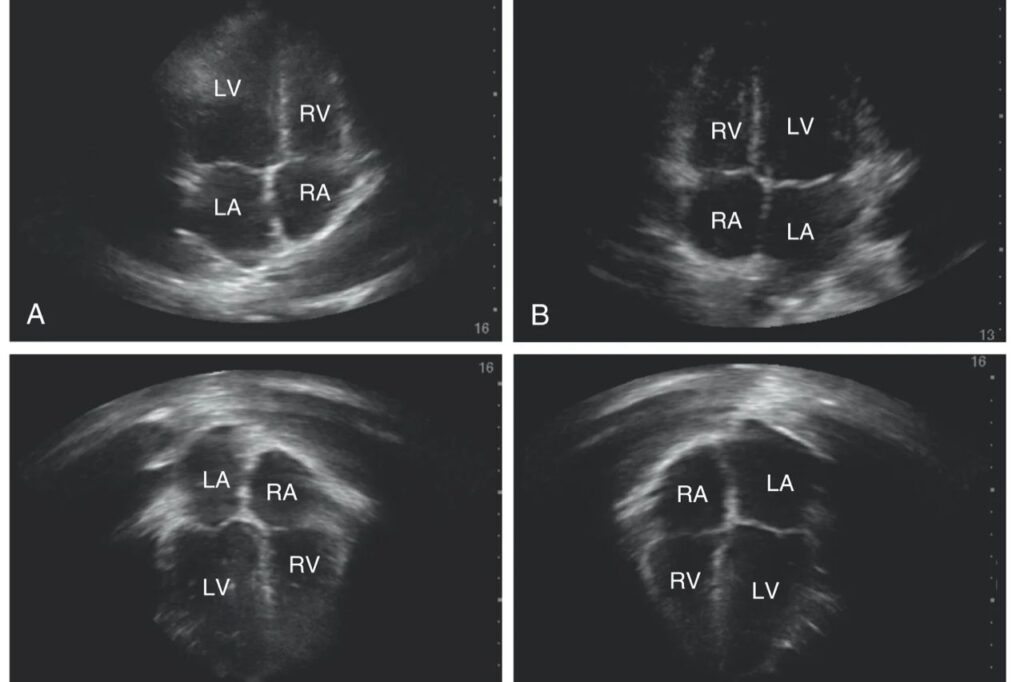
Studies using echocardiograms have shown that the heart muscle subtly changes shape in space, becoming more spherical than its typical elongated, egg-like shape on Earth. This change is linked to the reduction in plasma volume and the lower workload the heart has in microgravity; it doesn’t have to work as hard to pump blood against gravity. While the change is slight, researchers monitor it closely, as it represents a fundamental change in a critical organ’s structure.
11. Red Blood Cell Count Drops
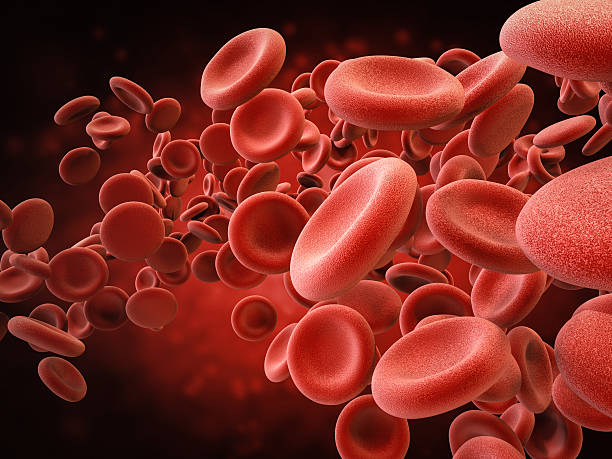
Astronauts often develop “space anemia,” a significant reduction in the body’s count of red blood cells. Scientists once believed this was due to the body destroying excess red blood cells as it adjusted to the fluid shift and lower plasma volume. However, more recent research suggests the body simply suppresses the production of new red blood cells as it adapts to the space environment. This condition generally reverses upon returning to Earth, but it is a monitored risk for long-duration missions.
12. Loose Objects Become Projectiles
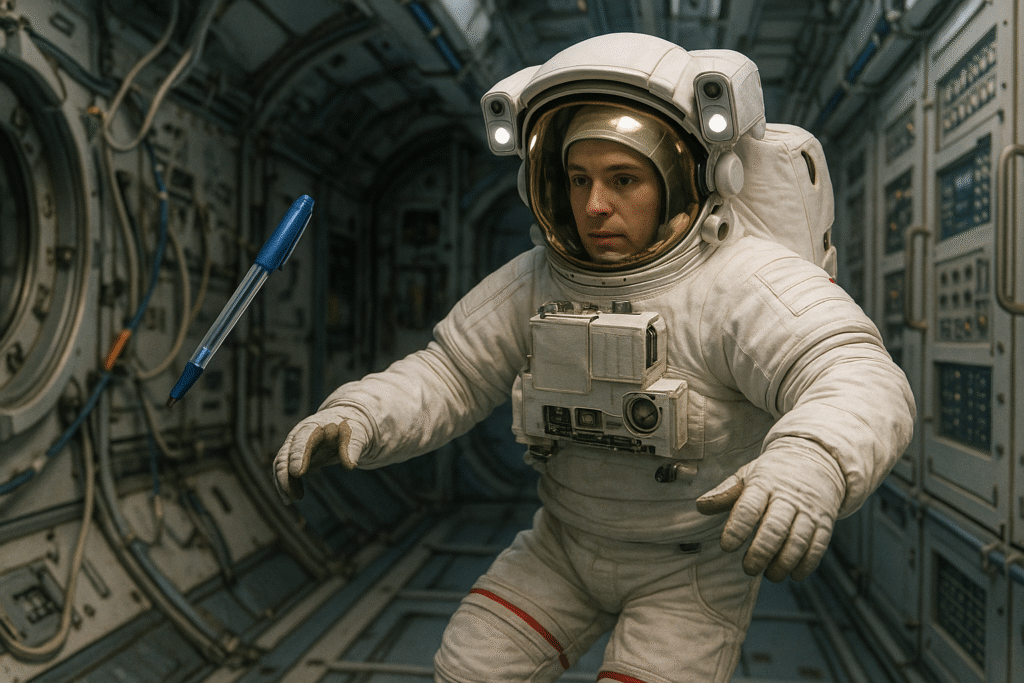
In the microgravity environment, any object that isn’t tethered, stowed, or stuck down becomes a free-floating hazard. A dropped pen, a water bubble, or even a tool can drift silently and potentially cause problems. Moreover, small items can become surprisingly fast-moving projectiles if accidentally pushed or if the astronaut moves quickly nearby. The International Space Station (ISS) thus operates on a principle of total clutter control, where every item has a specific, often Velcro-secured, home.
13. Bacteria and Viruses Can Behave Differently
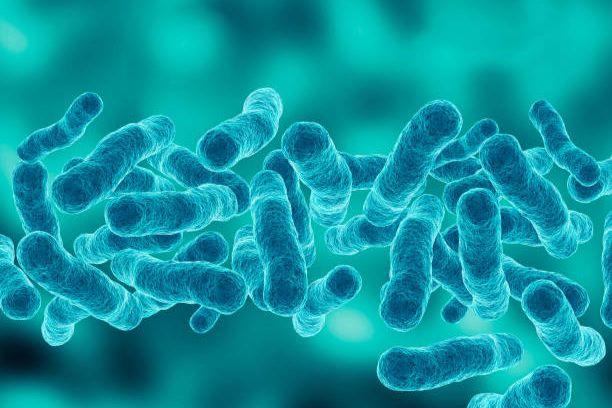
Microbes, including bacteria and human viruses, react to the space environment in unexpected ways, sometimes becoming more virulent or resistant to antibiotics. Studies have shown that some bacteria grow denser cell walls in space and may multiply faster. Furthermore, the stress of spaceflight can suppress an astronaut’s immune system, potentially allowing dormant viruses, such as those that cause shingles or cold sores, to reactivate.
14. They See 16 Sunrises and Sunsets Daily
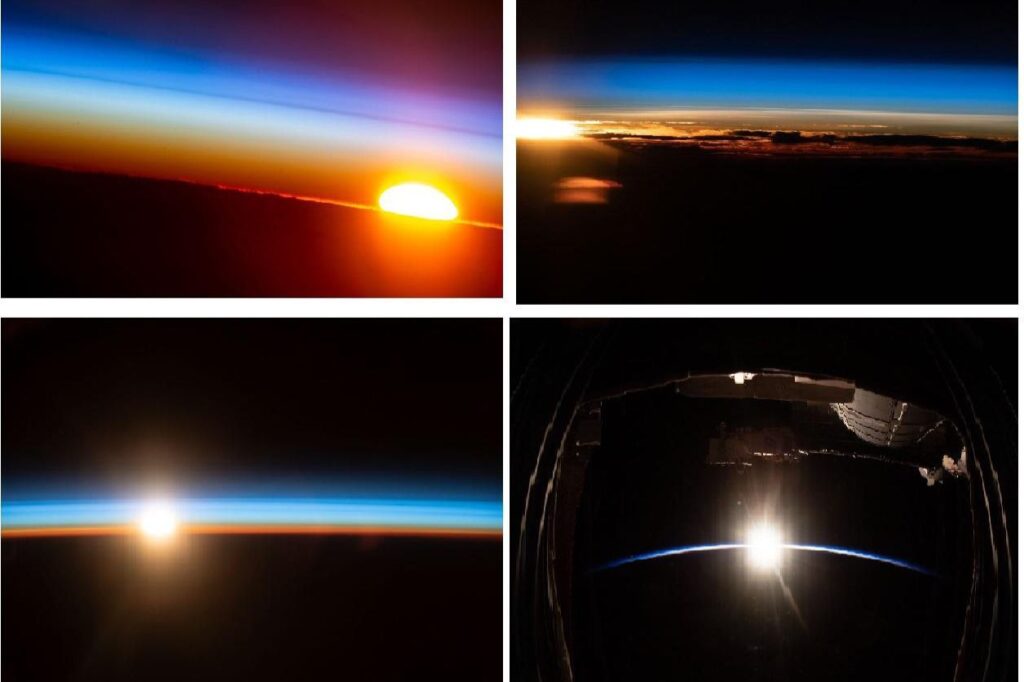
Astronauts aboard the International Space Station (ISS), orbiting the Earth approximately every 90 minutes, experience a dramatically accelerated cycle of day and night. The crew witnesses an average of 16 sunrises and 16 sunsets every 24-hour Earth period. This rapid change utterly disrupts the natural human circadian rhythm, which is tied to light cycles, making it extremely difficult to maintain a normal sleep schedule without strict protocols, dark sleep masks, and controlled lighting.
15. The Immune System Takes a Hit
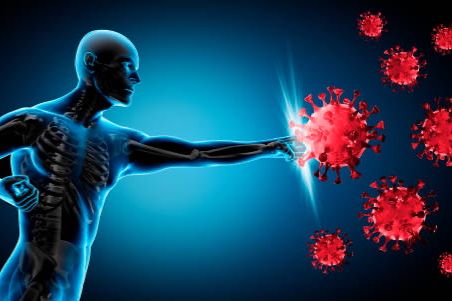
Exposure to space radiation, combined with the stress of the environment and the disrupted sleep cycle, significantly weakens the astronaut’s immune system. This immunosuppression makes them more susceptible to both minor infections and the potential reactivation of latent viruses they already carry. Maintaining sterile conditions, along with constant health monitoring and countermeasures, is a critical part of ensuring crew well-being on long-duration missions.
16. A Bizarre Odor Permeates the Air
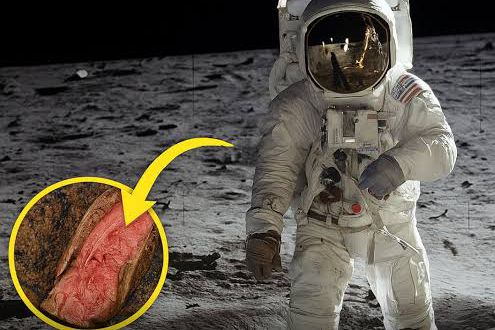
Astronauts who have performed spacewalks often report a strange, distinct smell clinging to their suits and equipment when they re-enter the airlock. They describe the odor as a mix of hot metal, seared steak, welding fumes, or a sweet metallic scent. This smell is not what space itself smells like, as space is a vacuum, but rather the odor of complex chemical reactions occurring as atoms and molecules that have clung to the suit are exposed to oxygen.
17. Their Balance System is Totally Confused
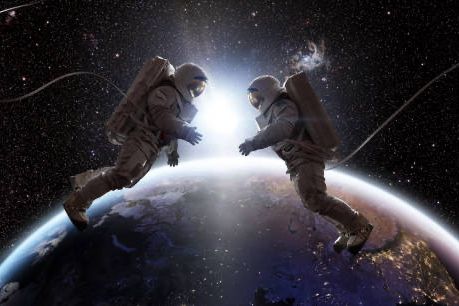
Microgravity completely messes with the vestibular system, the inner-ear apparatus that controls balance and spatial orientation. With no clear ‘up’ or ‘down,’ astronauts often experience space adaptation syndrome, essentially space sickness, which involves severe disorientation, nausea, and vomiting during the first few days of a mission. The brain struggles to interpret the confusing signals from the inner ear, a sensory conflict that takes time to resolve as the brain learns to rely more on vision.
18. Some Astronauts Experience Vision Changes
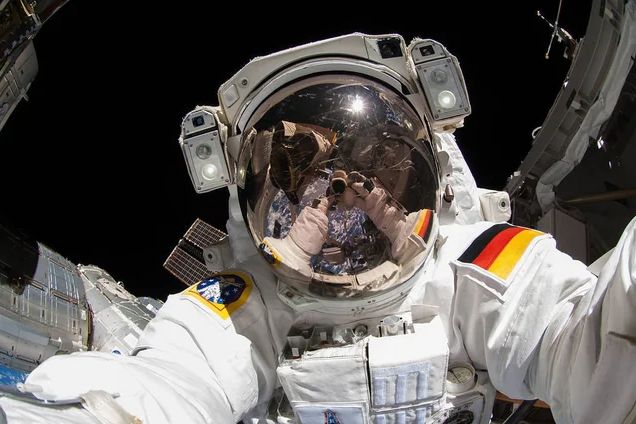
One of the most concerning and persistent effects of long-duration spaceflight is a change in vision, which can be temporary or permanent. Known as Spaceflight-Associated Neuro-ocular Syndrome (SANS), it involves a flattening of the eyeball, swelling of the optic nerve, and a condition called cotton-wool spots on the retina. It is strongly linked to the fluid shift and increased pressure around the brain, putting pressure on the back of the eye.
19. They Must Exercise Against Vacuum Pressure

To combat the dramatic muscle and bone loss, astronauts use specialized equipment that simulates Earth-like resistance. A particularly clever device is the ARED (Advanced Resistive Exercise Device), which uses vacuum cylinders and piston rods to create resistance, mimicking the feeling of lifting heavy weights. This vital, high-intensity exercise is essential, as without it, astronauts would be too weak to stand or perform tasks upon returning to Earth’s gravity.
20. Water Forms Perfectly Spherical Bubbles

In the absence of gravity, surface tension dominates, causing any free-floating liquid, including water, spilled coffee, or condensation, to form mesmerizing, perfect spheres. These water blobs can be nudged or even inhaled, creating a fun yet careful method for drinking. Astronauts drink by sucking water from a closed pouch through a straw, or they can use specialized cups designed to use surface tension to guide the liquid into their mouths.
The sheer tenacity of the human body to adapt to the vacuum and weightlessness of space is truly phenomenal, if a little weird. From growing taller and shedding calluses to the silent battle against radiation and bone loss, the astronaut’s existence is a constant push-pull between the strange laws of orbital mechanics and the familiar programming of terrestrial biology. Their experiences are a powerful reminder that while we may venture far from Earth, we carry its rules within us, even when they break.
This story 20 Strange Things That Really Happen to Astronauts in Space was first published on Daily FETCH


